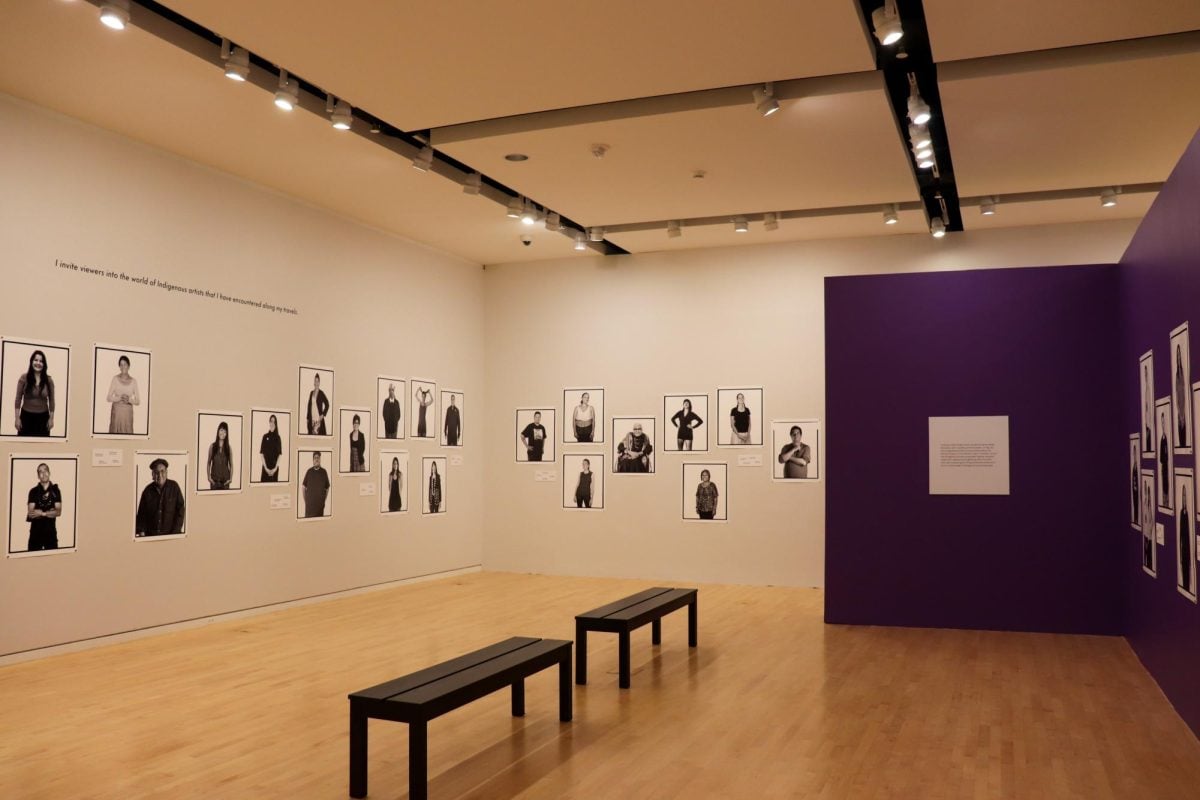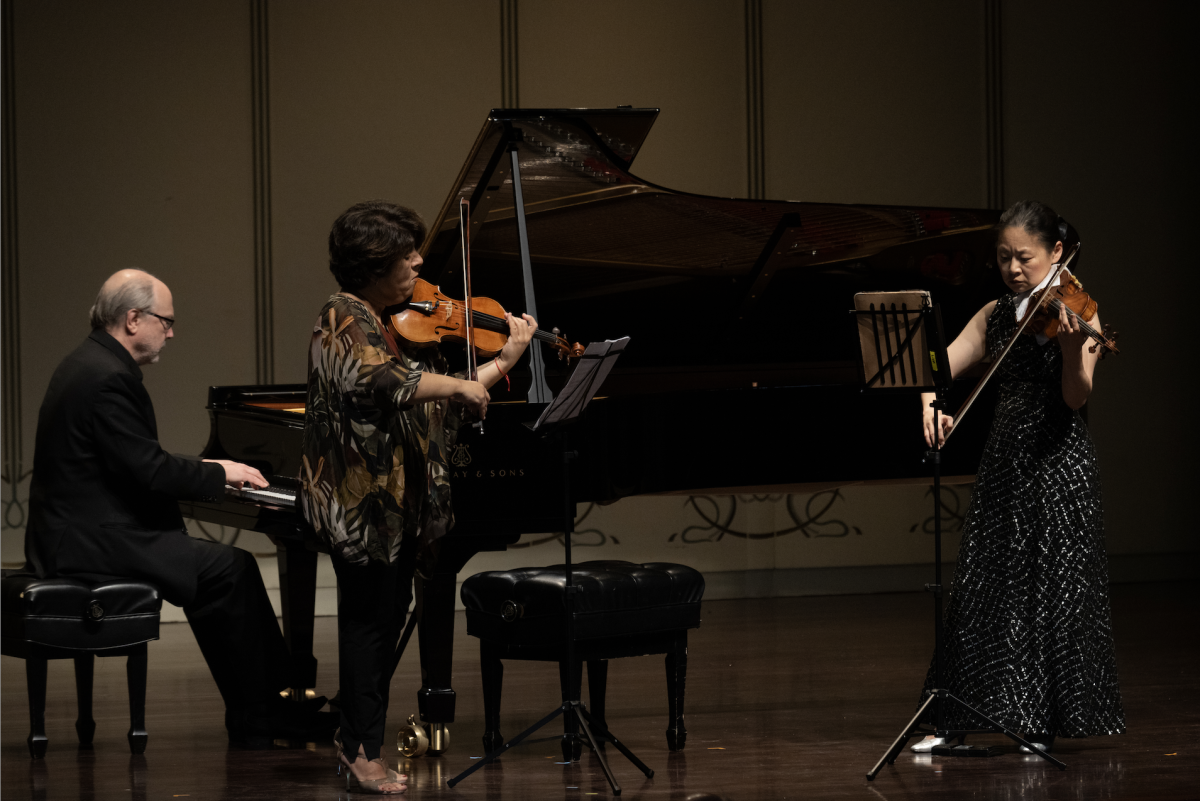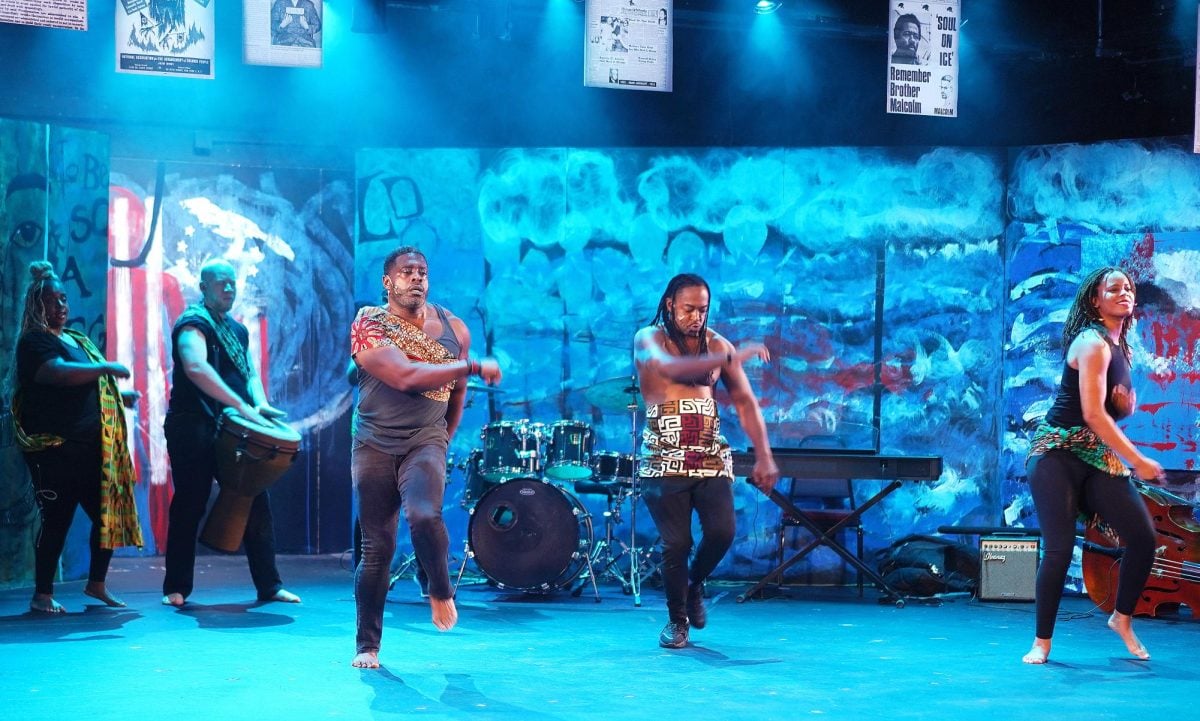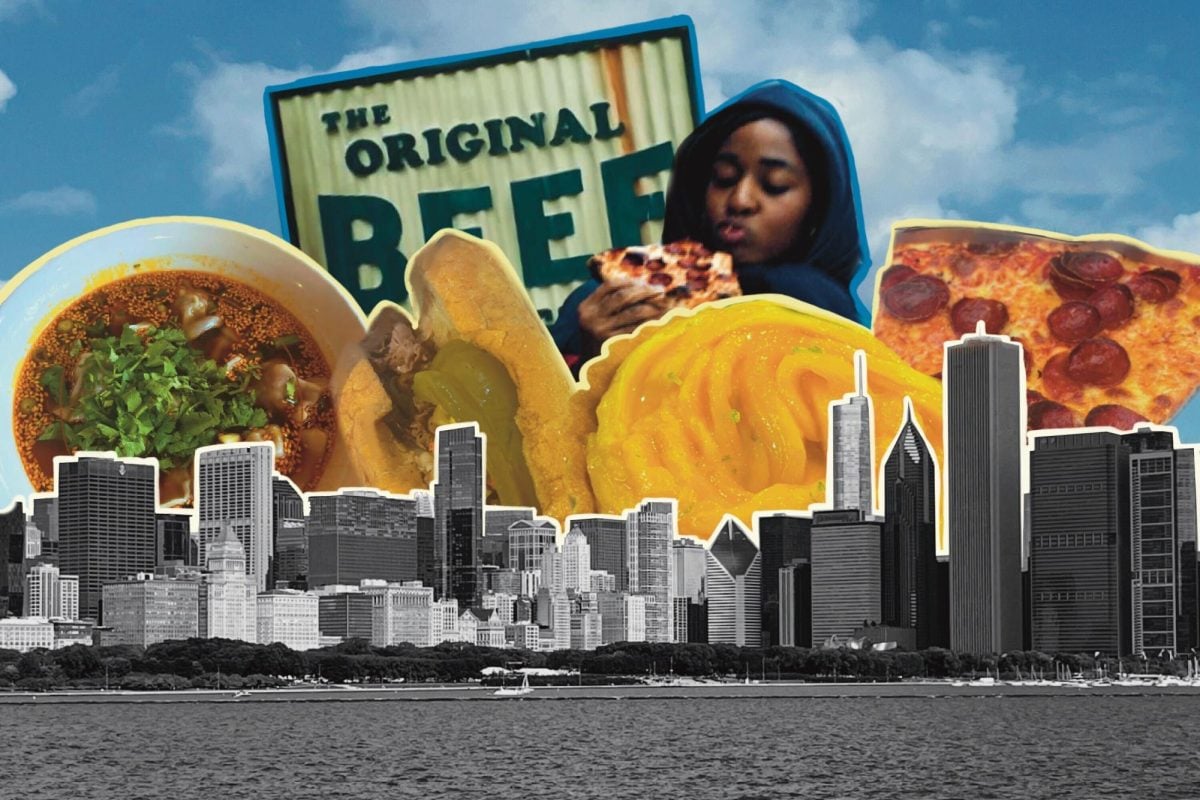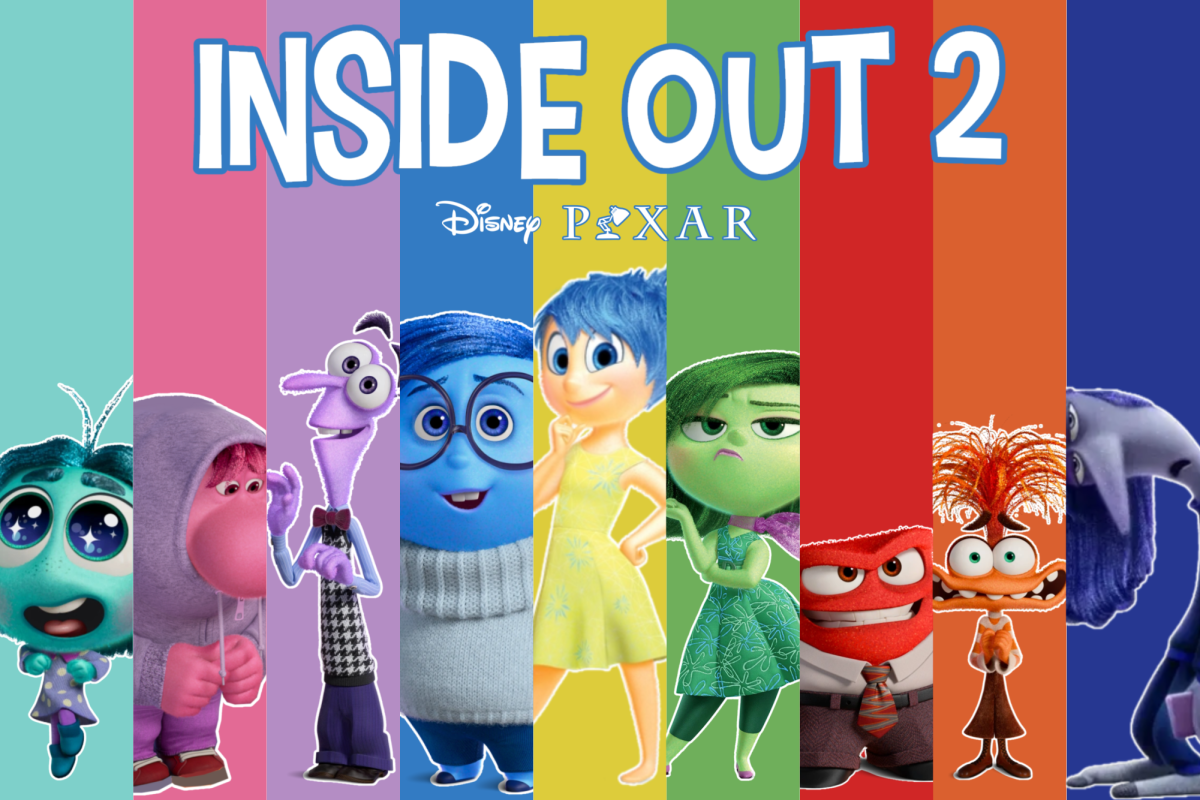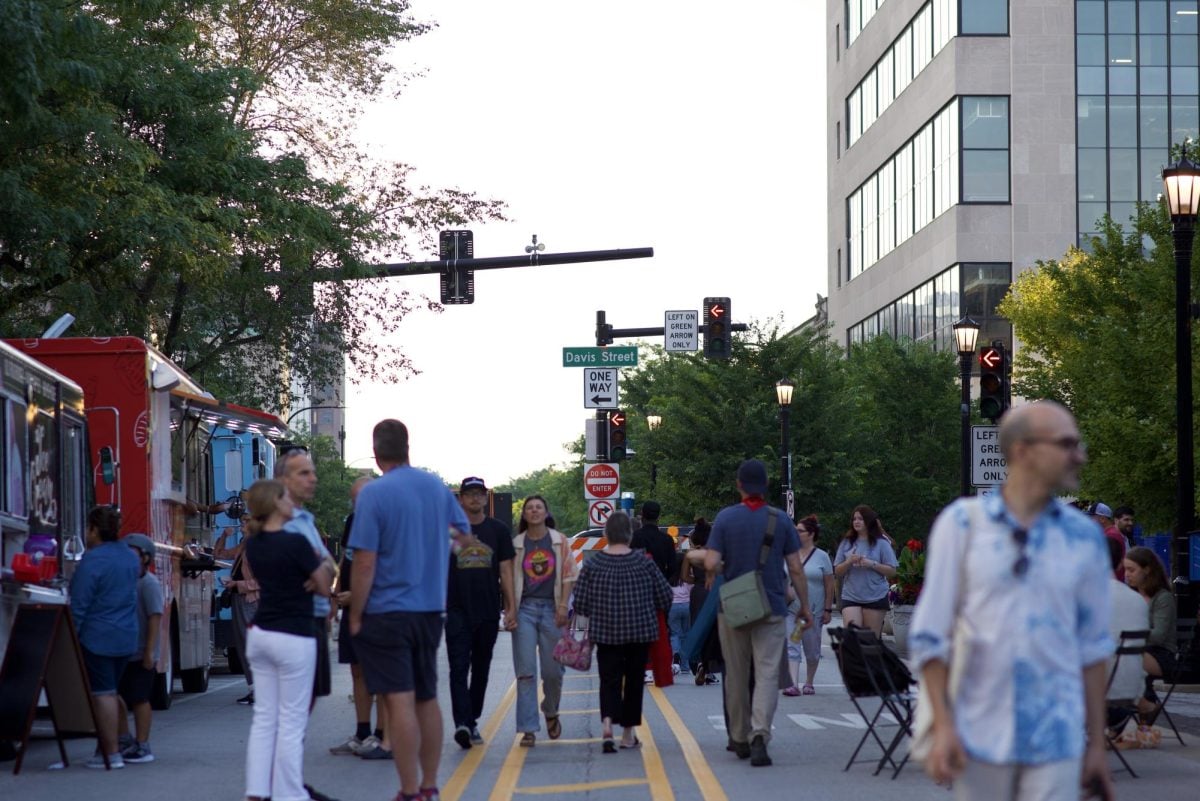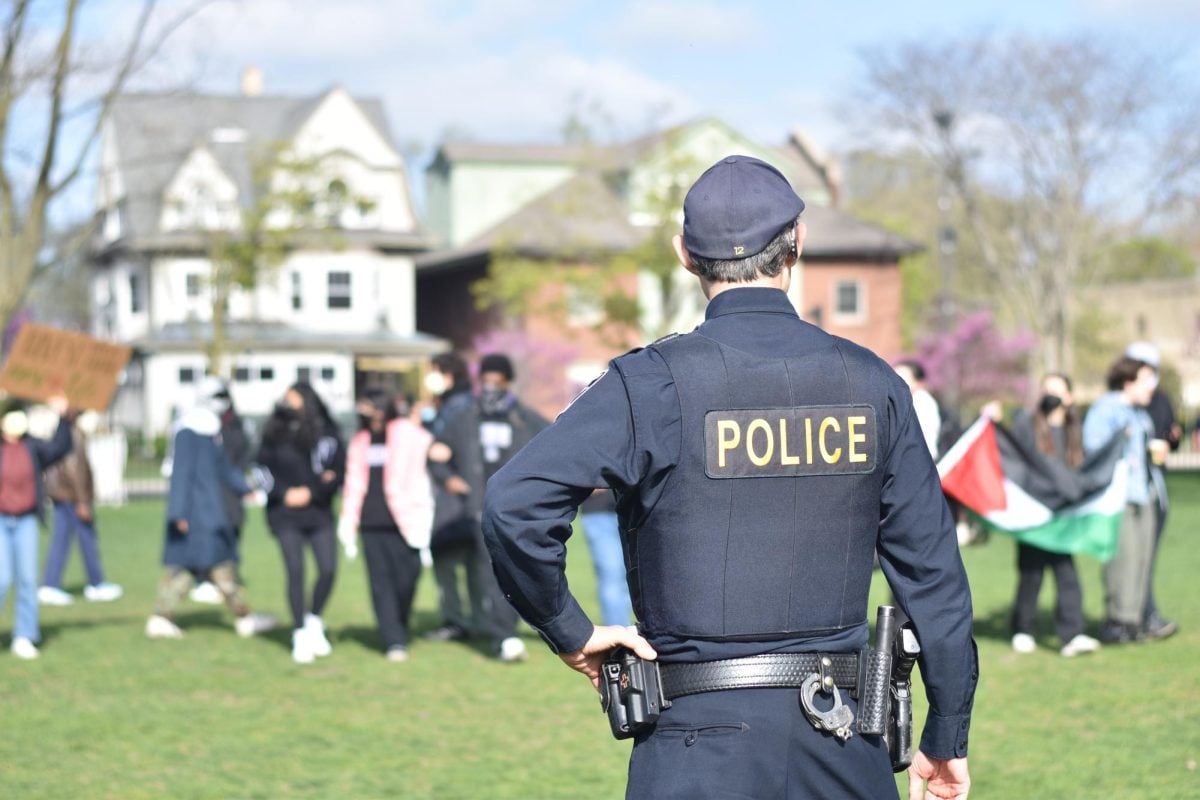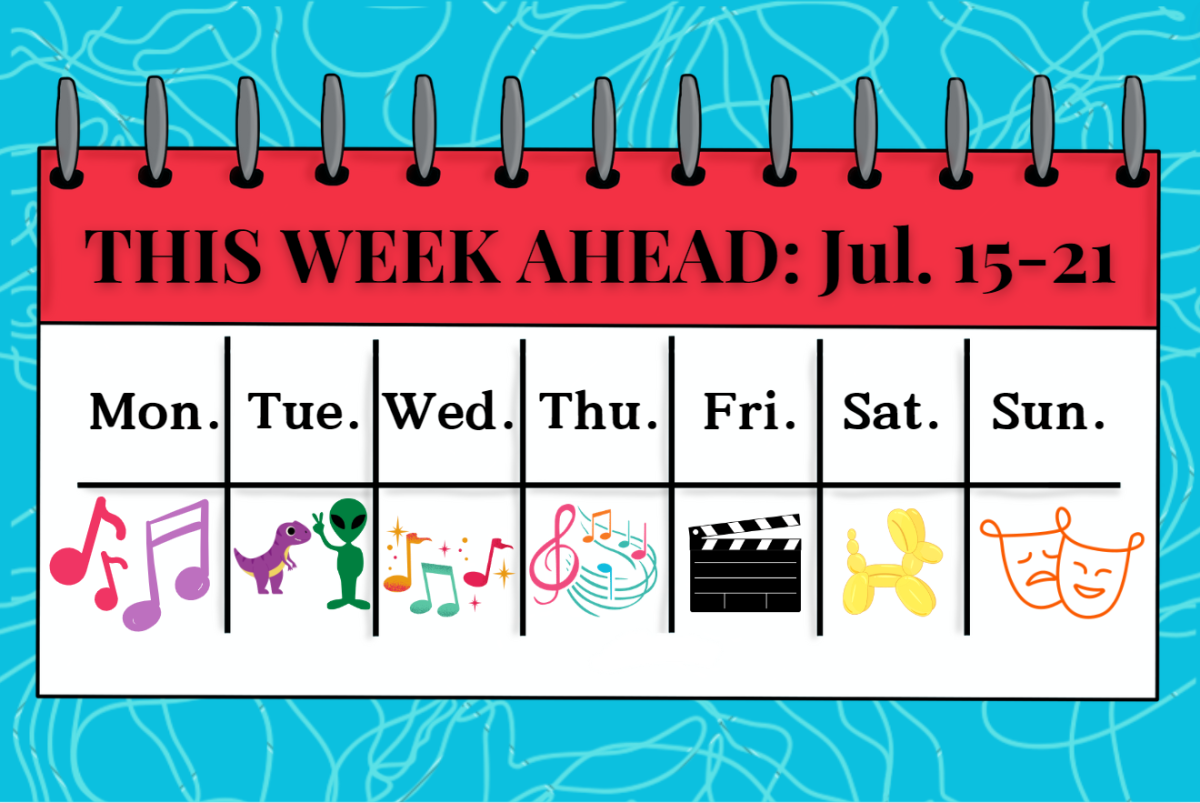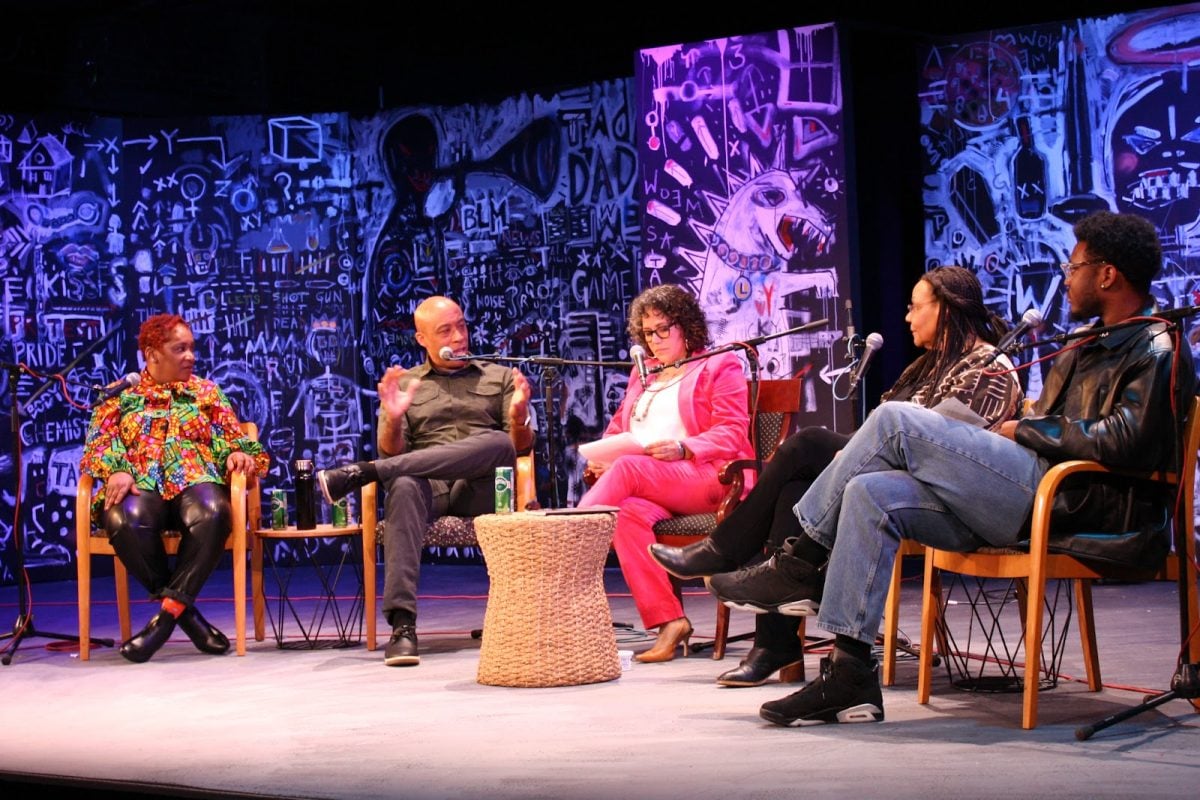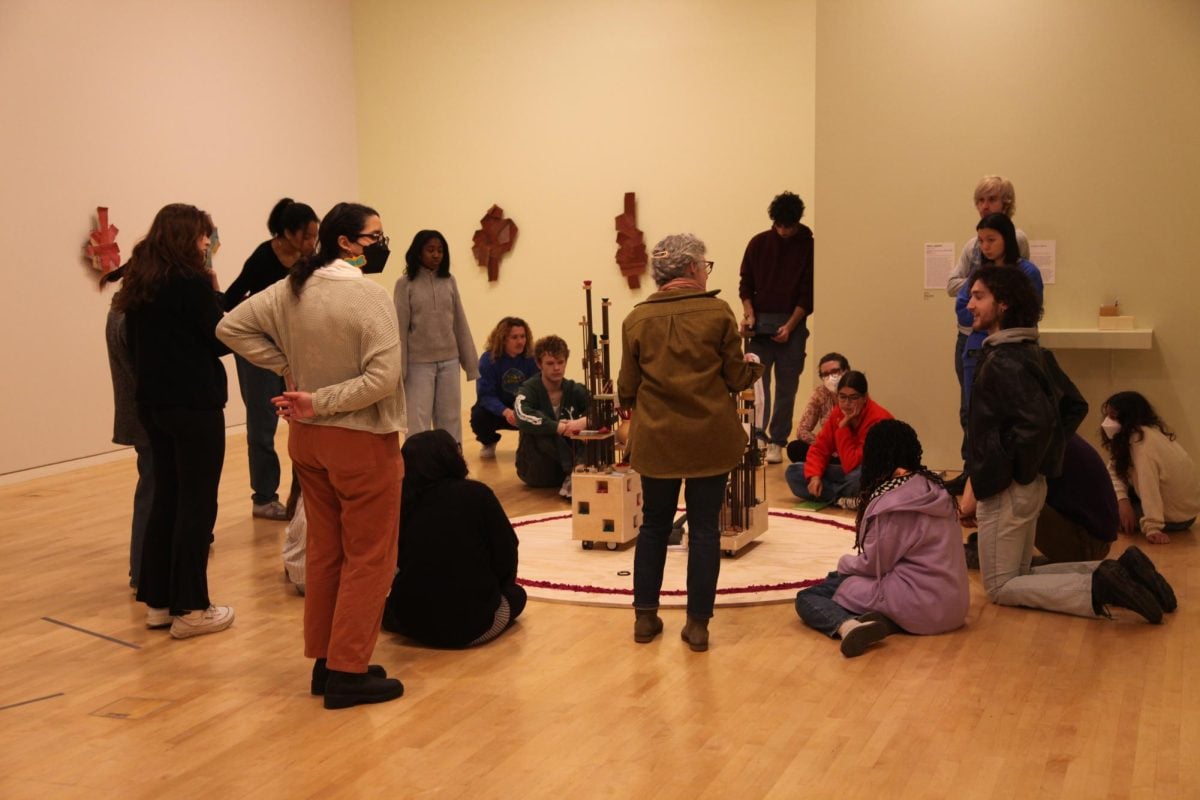Through her decade-long collection of more than 500 black-and-white portraits, Métis photographer Rosalie Favell showcases fellow Indigenous artists, detailing a diverse community of painters, dancers, musicians and educators. This fall, about 130 of those portraits have come to the Block Museum of Art.
“It’s very social, when you’re the person who goes into the gallery and sees all these people on the wall,” Favell said. “It becomes a conversation with the photographs and with the people you’re seeing the photographs with.”
The Block Museum’s exhibit “Rosalie Favell: Indigenous Artists Facing the Camera” is open to the public from Sept. 20 to Dec. 3. Corinne Granof, the museum’s academic curator, said this is the first solo Indigenous exhibition that the Block has ever organized. The exhibit also lined up with Indigenous Peoples’ Day on Oct. 9.
“It’s really important for us to make this statement about our commitment to Indigenous artists,” Granof said.
The portraits are shown in alphabetical order by artists’ first names. Favell and Granof said the arrangement breaks down hierarchies that typically favor prominent artists and contributes to the goal of creating a social gathering.
Favell said her goal is for the exhibit to feel like a social gathering — without barriers. The photographs are displayed without glass or frames. This allows the subjects’ smiles to connect with attendees more intimately, Granof said.
The exhibit sits in front of a behind-the-scenes video of Favell’s subjects in the studio that plays on loop. The video serves to show her process of making her subjects feel comfortable in front of a camera, Favell said.
“When you’re in a studio, with studio lights, it’s a little intimidating,” Favell said. “So it’s about that conversation. I always try to find that common ground or that way of relaxing them.”
Favell’s work on “Rosalie Favell: Indigenous Artists Facing the Camera” began in 2008 when she participated in an artist residency and gained inspiration from other Indigenous artists around her.
Favell’s work has been exhibited in Canada, the United States, France and Australia, among other countries.
Bobby Yalam, a Weinberg senior and Block Museum student associate, said he’s excited to help share art like Favell’s with Northwestern and the Chicago area.
“I really like leading tours and educating other people about art,” Yalam said. “(The student associates) learned a lot about Rosalie and what these photos mean to her.”
Exploring Indigenous art is what spurred Chicago resident Tim Hu to visit the Block Museum and see the exhibit.
He said he enjoyed the exhibit as a novel way to showcase Indigenous perspectives.
Favell said the museum’s work to share Indigenous artists’ work with the public is significant.
“They’re supporting me as an Indigenous artist,” Favell said. “It’s important that room is made in the galleries and in the museums for our voices. That wasn’t always the case, so I think it’s very incredible.”
Email: [email protected]
Twitter: @BrumerDelilah
Related Stories:
— ‘Showing a mirror’: Indigenous Peoples’ Day celebration at Mitchell Museum sparks reflection
— Northwestern Block Museum achieves highest form of national recognition
— Block Museum showcases prints specialty in ‘For One and All’ exhibit











